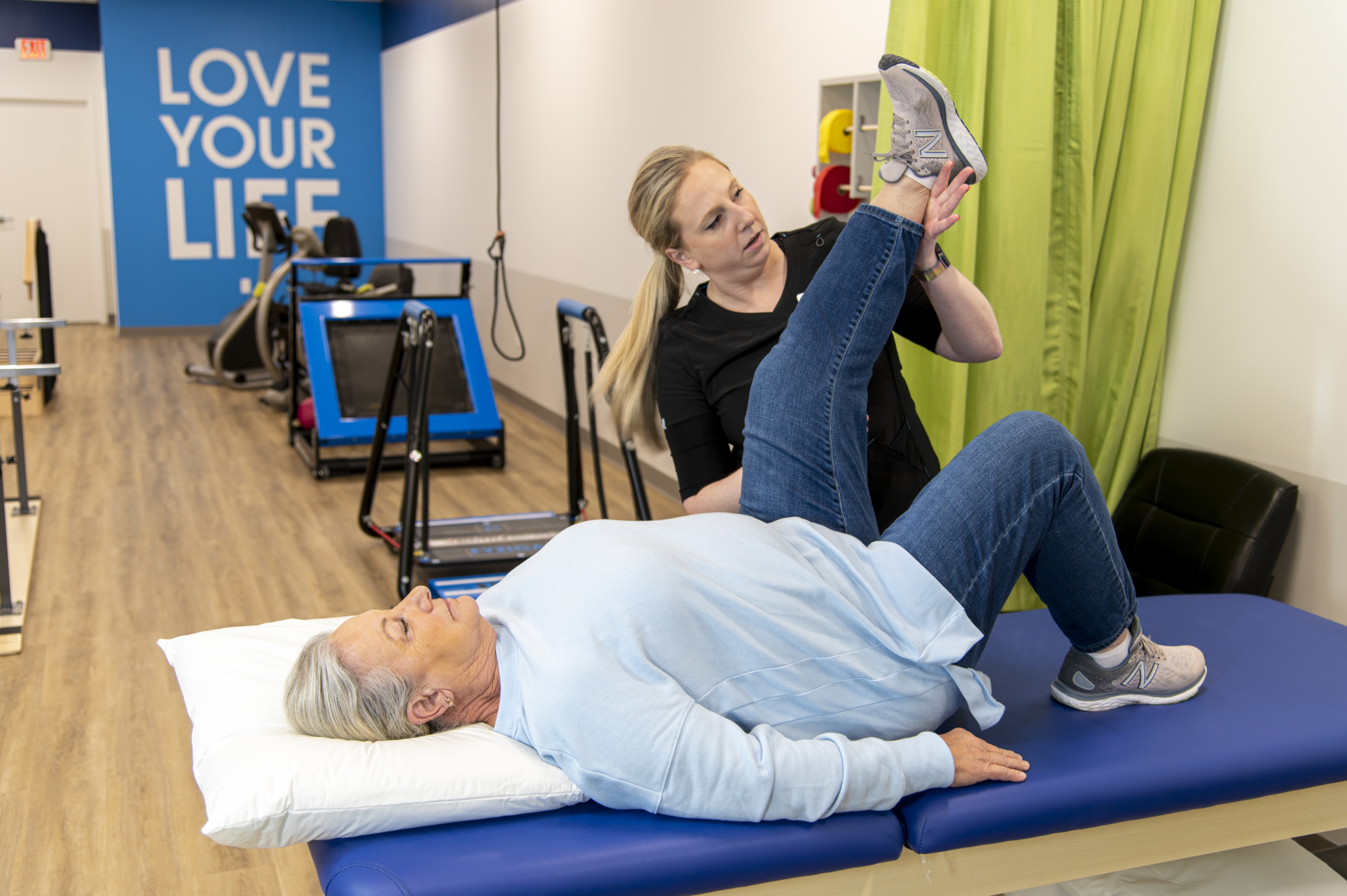Mastering the discipline of workplace optimization is essential for creating office setups that promote physical well-being and operational efficiency. Ergonomics is the methodology of engineering occupational settings, equipment, and responsibilities to match the requirements of workers. By emphasizing how users utilize their workspace, businesses can reduce discomfort and mitigate musculoskeletal problems. An ergonomic workspace supports efficient movement and lessens strain, which can lead to improved effectiveness and well-being among team members.
One foundational aspect of human factors design is the arrangement of fixtures and devices. Workstations should be at a position that allows employees to work with their arms at a 90-degree angle while typing. Seating options should provide sufficient support for the lower back, promoting good posture. Additionally, monitors should be positioned at visual height to avoid cervical tension. By confirming that these ergonomic components are properly calibrated, staff can maintain a comfortable position throughout their tasks, reducing fatigue and enhancing cognitive performance.

An additional critical factor in an ergonomic workspace is the use of ergonomically-designed technologies and equipment. This includes typing hardware, navigation tools, and other instruments engineered to reduce RSIs. For instance, using an split-key keyboard can aid in relieve wrist pain caused by repetitive typing. Furthermore, adjustable chairs and sit-stand desks allow employees to alternate their position throughout the day, which helpful hints can relieve discomfort and boost energy levels. Implementing industry-grade ergonomic furnishings can result in sustainable work habits and higher productivity rates.
Lighting is also a core element in workspace ergonomics. Proper lighting can reduce ocular stress and support staff to concentrate on see this their work activities. Natural light is ideal, but if that is not accessible, using task-specific artificial lighting can aid create a functional atmosphere. It is necessary to avoid glaring fluorescent lights that may cause headaches or fatigue. By incorporating sufficient lighting, organizations can create an environment that supports both visual ergonomics and output.
In closing, promoting scheduled breaks is imperative for maintaining an ergonomic workspace. Reminding workers to take short breaks can assist disperse physical tension and cognitive strain. During these breaks, workers should be guided to perform mobility exercises or walk around to support physical engagement. Structuring scheduled break times can facilitate build a routine that prioritizes health without compromising productivity. In summary, applying ergonomics in the workplace not only improves well-being but also fosters a more engaged work culture where team members can thrive.